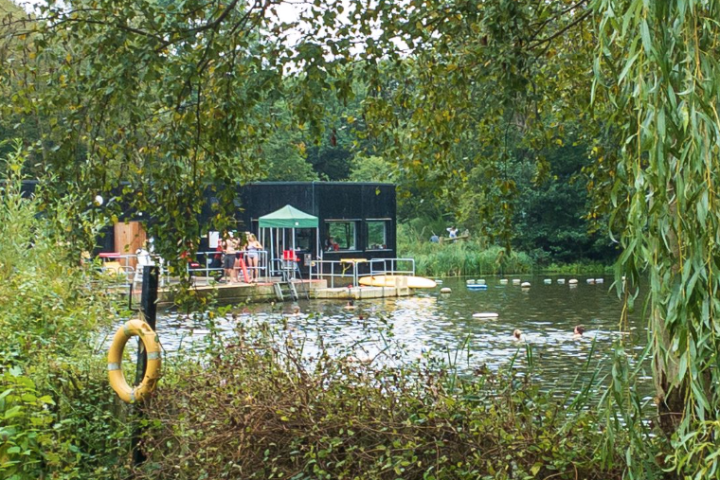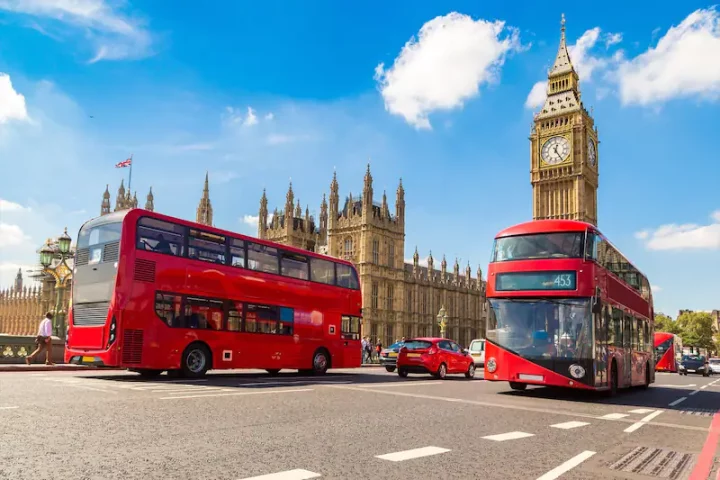Liz Richardson, Managing Director and Partner at transformative communications agency HeyHuman, talks about how the COVID-19 crisis is changing the world of experiential marketing.
As COVID-19 causes a stream of large-scale events to be cancelled worldwide, it’s forcing marketers to reassess how they deliver responsible experiential campaigns. You could easily see it as the death knell of live experiences, but as a cautious optimist, I think this is a chance for the industry to evolve.
Brands know that when we’re out of lockdown, they have a duty to avoid exposing customers to potentially high-risk situations. Crowded spaces, mass gatherings and communal VR masks are off-limits for the foreseeable.
The focus now is quite naturally on the in-home channel – but can it plug the gap once filled by the industry’s live and outdoor experiences?
Digital platforms like Zoom have seen a huge increase in users, and brands are using these to uniquely engage with consumers. For example, you can relive the Friday night pub trip thanks to Brewdog’s online bar. Or if you’re feeling a little more limber, there’s Club Quarantine: a nightly Zoom rave that’s so popular, it employs ‘virtual bouncers’ to stop troublemakers getting in.
Humans are naturally social creatures. We crave interaction. Nothing will ever beat the actual visceral, physical experience, and experiential in the age of lockdown shouldn’t try and replicate real-life events – rather, adapt them to suit these digital channels.
Club Quarantine is obviously nothing like an actual rave, nor is Brewdog’s online bar the same as going down your local. But it’s filling that time slot and keeping brands in mind – giving customers a reason to remember what they loved pre-lockdown, and what they intend to do when things slowly get back on track. That’s hammered home further when you take into account Club Quarantine’s excellent Instagram feed, chronicling the highlights and constantly getting people pumped up for the next event – they’re smart enough to know they need to drive digital engagement and build memories.
In a similar predicament to experiential marketing, the music industry is really succeeding on engagement. There have been copious online concerts from artists’ living rooms, rehearsal spaces and empty venues, which give fans a more intimate performance.
We just saw the BBC host its ‘One World’ concert, in which everyone from Lady Gaga to the Rolling Stones performed live in a virtual variety show. Naturally, it couldn’t emulate the splendour of Gaga’s live circus, nor the raw energy of the Stones knocking out the classics in the flesh. But it didn’t try to. It provided a different experience under a different set of circumstances, using the technology at hand to best adapt to the situation and deliver a suitable experience.
As an emerging technology, 5G has a role to play too. Pre-lockdown, we were already seeing the esports industry utilise 5G to improve their events’ streaming quality, and experiential could follow suit. 5G can allow marketers to implement VR and AR within online streaming experiences – just look to EE’s recent advertising for inspiration. A few years into the future, 5G could push experiential to another level, with technology like haptic gloves potentially playing a role in how we create brand experiences.
Even when the current pandemic is over, consumers will be plagued with a residual fear of big crowds, commuting, and populated cities. People feel safer in their area, so local events will surely see a rise in popularity. County fairs and village festivals will probably increase in attendance, and brands should get stuck in and support these grassroots get-togethers.
Smaller doesn’t mean ‘lesser’, though: size shouldn’t be an issue provided the experience itself is properly thought through and truly immersive. A more personal approach will be prized by consumers once we emerge from the pandemic, and brands who get this will build loyalty.
It’s important to amplify these intimate activities across digital channels to make a much bigger impact and drive ROI. Brands should ask themselves how they can build memories that will live on after the event as well as engaging with audiences who couldn’t be there. Think photos, quizzes, videos, live-streams, polls, vox-pops from the day; it’ll straddle the fence between both worlds and be more successful for it.
Building on these local experiences, we’ll likely see a resurgence in more ‘old fashioned’ pursuits – traditional activities like outdoor trails hosted by the likes of the National Trust, or long family walks in our newly popular parks, may take priority over a trip to the nation’s great cities. They also allow for the kind of social distancing which might be in force for a good while to come.
Access to the wide-open countryside (if you’re lucky enough to have some locally) and its fresh air will be at a premium in the weeks and months ahead. Heading outside will no doubt remain a favourite activity once lockdown is over. This, in turn, can inform future experiential plans so that brands provide an alternative to the perceived risk of indoor and high-footfall activations.
The current pandemic has ushered in change faster than any of us could have imagined. The key take out is for marketers to figure out how to bring experiential into consumers’ homes and to develop safe, socially-distanced initiatives (for as long as we’re waiting for a vaccine), and in the process set a new precedent for experiential once restrictions are slowly lifted. We’ll need to carefully balance between adapting to ‘the new normal’ and ensuring that experiential remains as relevant as ever post-lockdown.
And while we should strive to replicate the excitement of live events, we shouldn’t try to emulate the real thing. It’s not going to be the same, no matter how hard we try. Brands should think about every element of the experience, not just the physical interaction. While you need to create a genuine connection in the moment, digital amplification should also sit top of the agenda – without it, your activity becomes just a moment in time rather than something people can continuously interact with and genuinely look forward to in these odd times.
While it’s certainly going through a rough patch, we’re not seeing the end of experiential marketing. It’s just evolving. Changing for the better.


